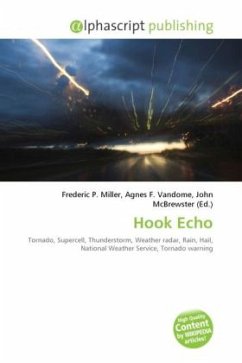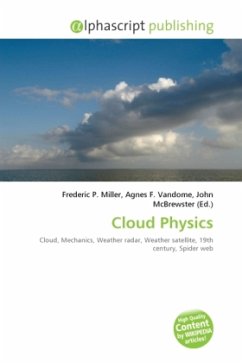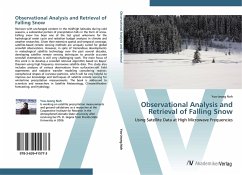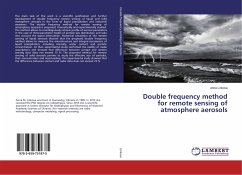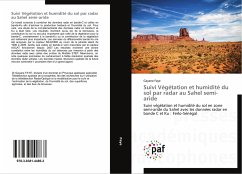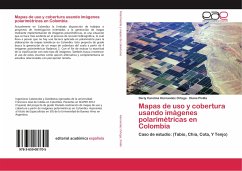High Quality Content by WIKIPEDIA articles! The hook echo is one of the classical hallmarks of tornado-producing supercell thunderstorms as seen on a weather radar. The echo is produced by rain, hail, or even debris being wrapped around the supercell. The National Weather Service considers the presence of a hook echo as sufficient to justify issuing a tornado warning. The hook echo has been recognized as a sign of tornado development for most of weather radar's existence. The first documented tracking of a hook echo was on April 9, 1953 by the Illinois State Water Survey, during preparations for an early test of radar's ability to measure rainfall rates. Hook echoes are not always obvious. In the U.S. Southern states, thunderstorms tend to produce heavier rainfall which leads to the high precipitation variation supercell and obscures the hook shape. HP supercells will instead take on a kidney bean shape. The use of doppler weather radar systems such as NEXRAD allows for detectionof tornadoes even when the hook echo is not present, and for greater certainty when it is. By detecting the relative velocities of different parts of a storm, doppler radar can detect areas of rotation.
Bitte wählen Sie Ihr Anliegen aus.
Rechnungen
Retourenschein anfordern
Bestellstatus
Storno

